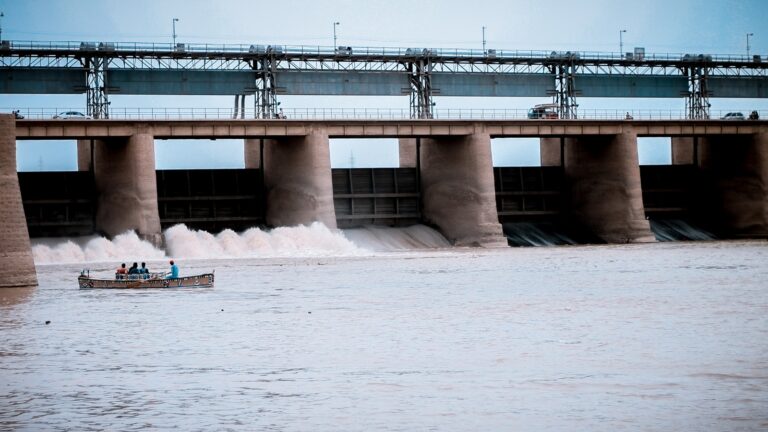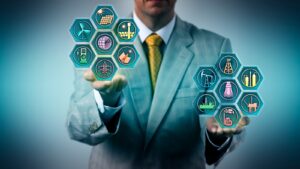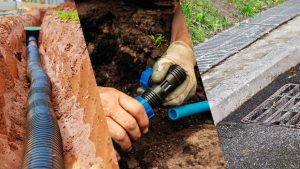Water entitlements refer to the specific amount of water one can access in one year. How much water humans can take from a river annually differs according to the season. As Australia is the driest inhabited continent and region, access to water has always been limited. It is limited to the extent that even agriculture in Australia is pursued using irrigation water. Water entitlements are, in that respect, an essential concept within the country. This article will act as a guide to explaining what Australian Water Entitlements are.
Where Did It All Start?
As water scarcity was becoming a problem during the 1980s, the National Water Commission of Australia reported that surface water and groundwater systems were being over-allocated. As a result, Australia introduced a range of reforms in the 1990s-2000s, adopting a limit for water allocation for each person, especially in the regions of the Murray-Darling Basin, which accounts for 97 per cent of all allocation trade and 77 per cent of all entitlement trade. The major trading regions of the Murray-Darling Basin offer its residents the right to a share of water from a defined water resource and the right to trade these shares with other users. Hence, Australia has two main water products, including allocations and entitlements.
Water Entitlement VS Water Allocation
It is important to note that water entitlement and allocation refer to two things. While entitlement refers to the right to have a certain amount of water from a specific source, be it a dam or a river, within a given period, water allocation refers to the exact water percentage that can be taken in a year. Entitlements are a permanent transfer of water access rights, whereas allocations are temporary water transfers within an irrigation season. The amount of water allocated differs on multiple factors. Depending on the season, weather patterns and rainfall, the allocation amount can change in a given year. Hence, where there is high rainfall, there is a lesser need to use irrigation.
In contrast, if there is lower rainfall, there is a need to use irrigation water for agricultural purposes. Allocation, moreover, helps irrigators to adjust to short-term shocks, whereas entitlement facilitates longer-term structural. Since such factors differ according to the region in Australia, water allocation depends on the catchment.
How Does Water Catchment Come into the Picture?

It is beneficial to think of a water resource as a catchment. In the context of Australia, the area of the Murray and Darling rivers and their many tributaries amounts to water catchments. It specifically refers to the infrastructure that collects the rainwater in a specific season or, at other times, may collect the irrigation water that comes from the ground and sewage. A catchment needs to be robust enough to not only hold the water but for it to be cleaned and distributed to sections of the public. In other words, the catchment system is the heart of the water distribution system, as without proper processes in place, there would not be enough water that is safe for the public. Hence, for water entitlement and allocation to occur successfully, the catchment in question must have a strong base, and mechanisms should be in place to monitor its health condition.
How Can Asset Management Ensure Water Catchments Are Maintained?
Given the important role water catchments play in water entitlement and allocation, asset managers are responsible for ensuring they are protected. A key aspect in this regard is to conduct routine maintenance. In other words, guaranteeing the catchment lifecycle remains strong throughout the years ensures that water is not wasted. Here are three ways asset managers are integrating technology to manage water catchments:
Industrial Internet of Things (IIoT) To Accurately Monitor Catchment Conditions in Real-Time
Although routine maintenance is pivotal to catchment maintenance, attempting to do so manually will not be as beneficial. Deploying teams every day will not help asset managers to recognise anomalies until it is too late. Daily checks can easily be automated by deploying a cost-effective solution like IIoT, which sends real-time information about the asset. The slightest change can be indicated as the type of sensors adapted to monitor the catchment’s visual, auditory or temperature changes. It plays a central role in monitoring the quality of water collected in the catchment, ensuring the water is cleaned and safe for drinking or the intended purpose.
Predictive and Prescriptive Analytical Tools for Futuristic Data
While IIoTs have the capacity to read enormous data in real-time accurately, the technology that makes sense of it all is predictive and prescriptive analytics. This considers past and historical data to determine whether the probability of a catchment failing or facing a risk is caught as soon as possible. As indicated by its term, data analytics forewarns one of the future risks, allowing asset managers to take preventive measures in advance, thereby eliminating the possibility of experiencing that reality. The predictive and prescriptive analytical tools can further be integrated to construct feasible, more realistic financial budgets considering situations as far ahead as ten years.
Guarantee Robust Catchment Infrastructures Are Made With Digital Twins
One way to get rid of fault catchments is to build one that is more feasible and dependable for the long term. Constructing one from scratch, however, is not only hard but also a very costly process. The good news is that you can significantly cut expenses by surpassing the trial and error phase with a digital twin. Make the most robust prototypes and test their strength virtually before constructing the actual catchment system. Find the most sustainable, long-lasting materials that can withstand adverse effects and build a catchment that promises strength. The simulation technology that digital twin offer allows asset managers to test the catchment through hypothetical situations while at the same time making 3D representations for an interactive experience.
Eliminate Water Being Wasted With Optimal Catchment Asset Management
As the exact water allocation one has a right to change seasonally, it heightens the need to take extra measures to protect the limited supply of water collected. This is why there need to be quality measures in place to manage your catchment solutions. By integrating advanced technologies that can automate the process of monitoring the health of your catchments, ensure no single drop of water is wasted and that every ounce of water allocated to each person is safe for drinking.







